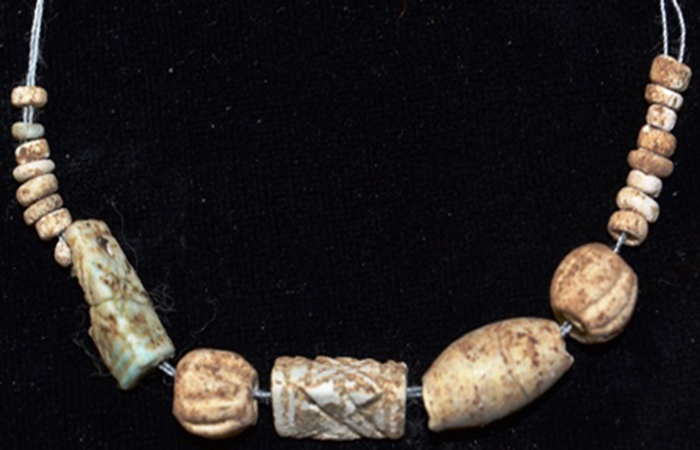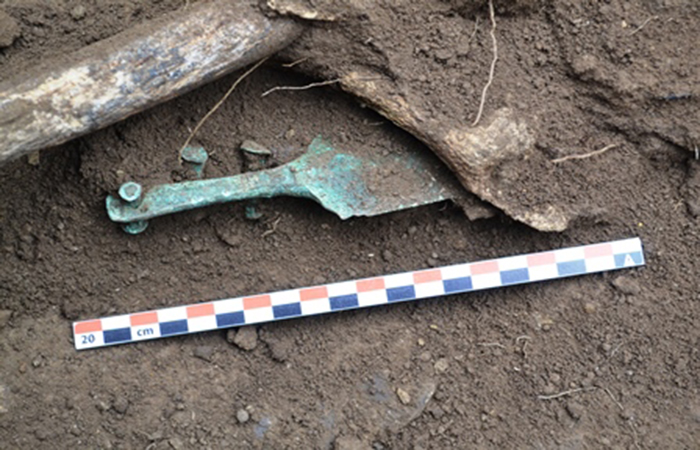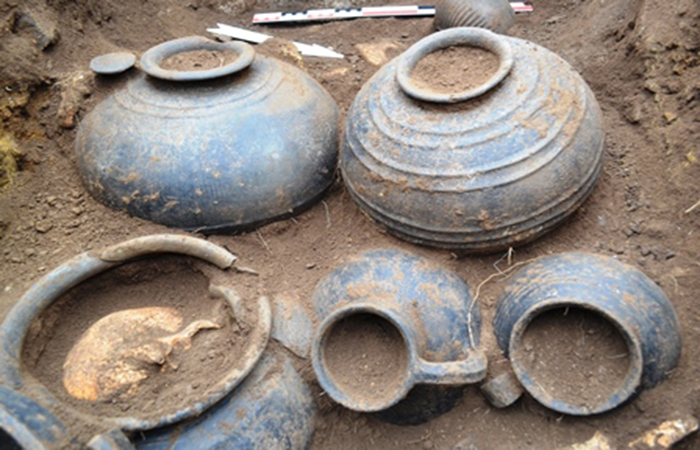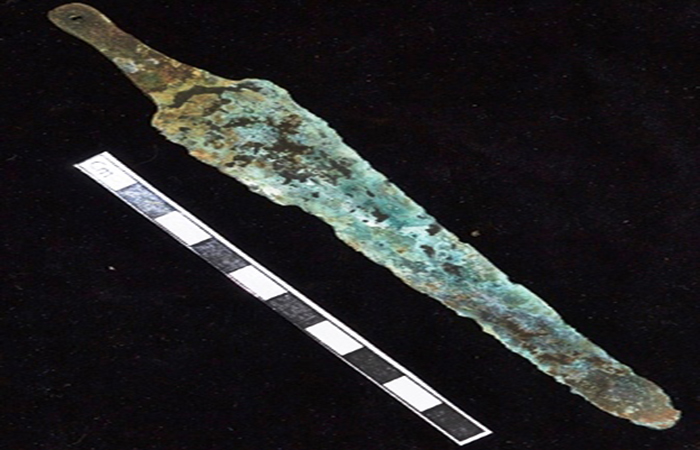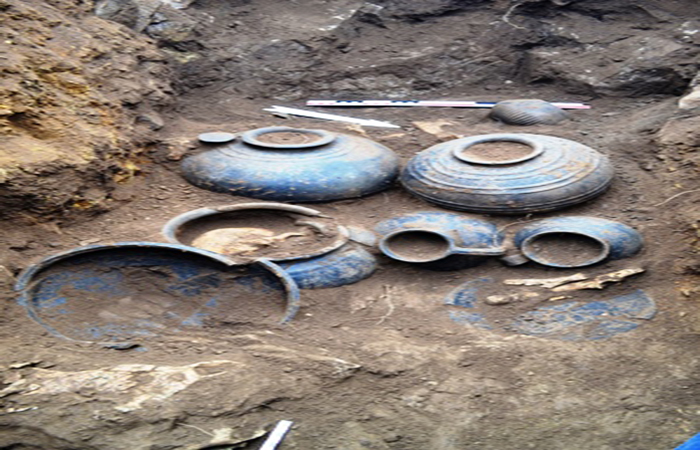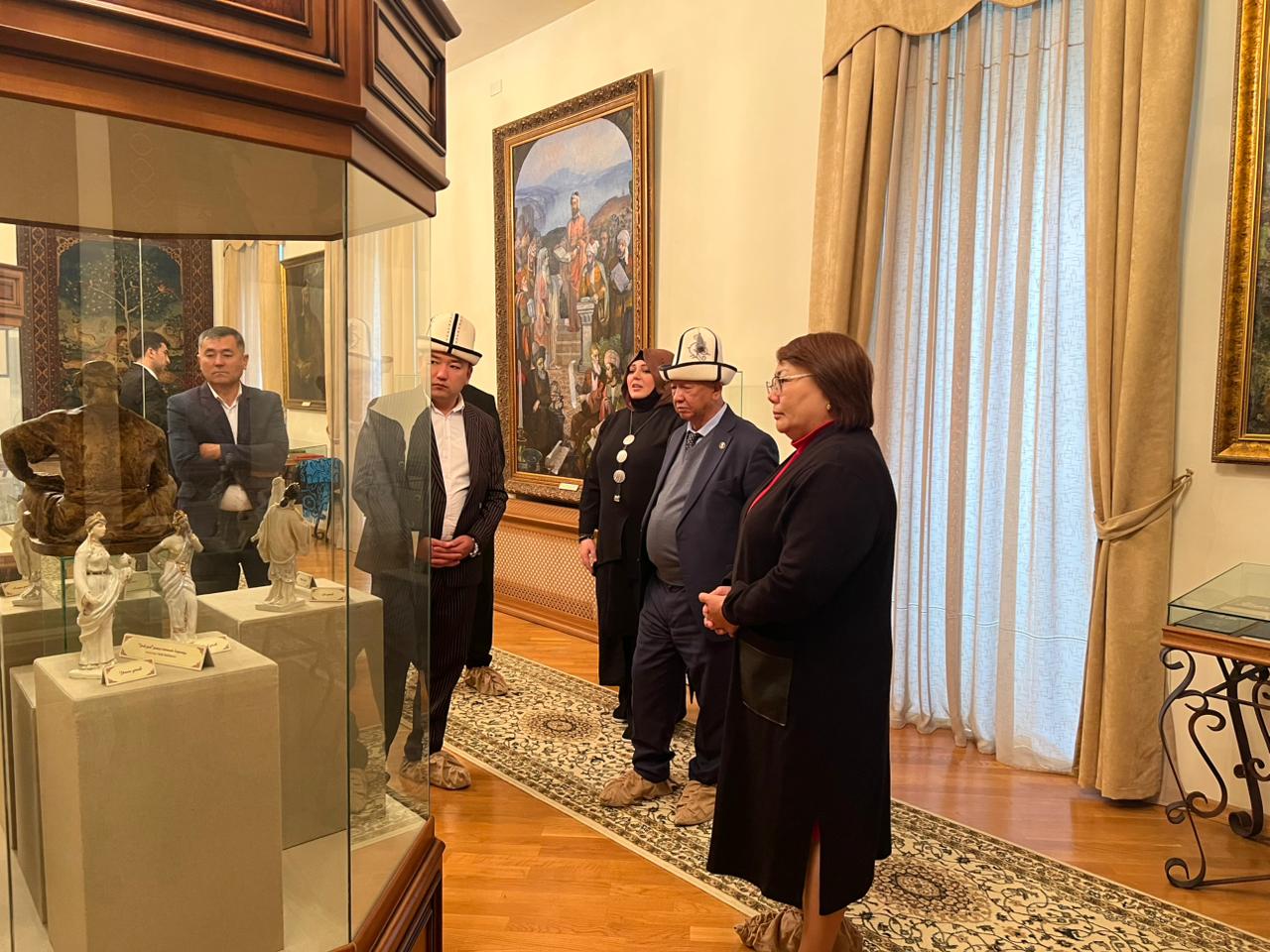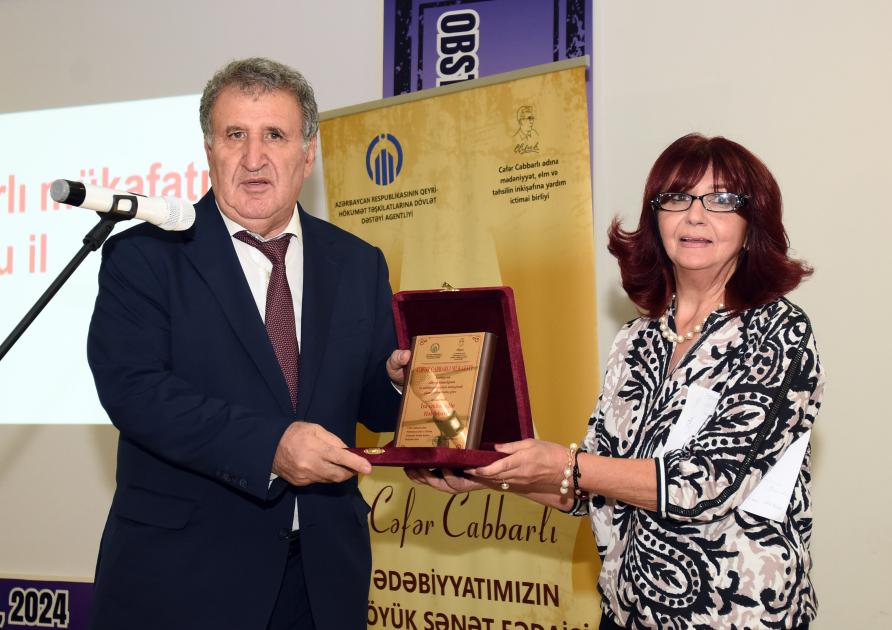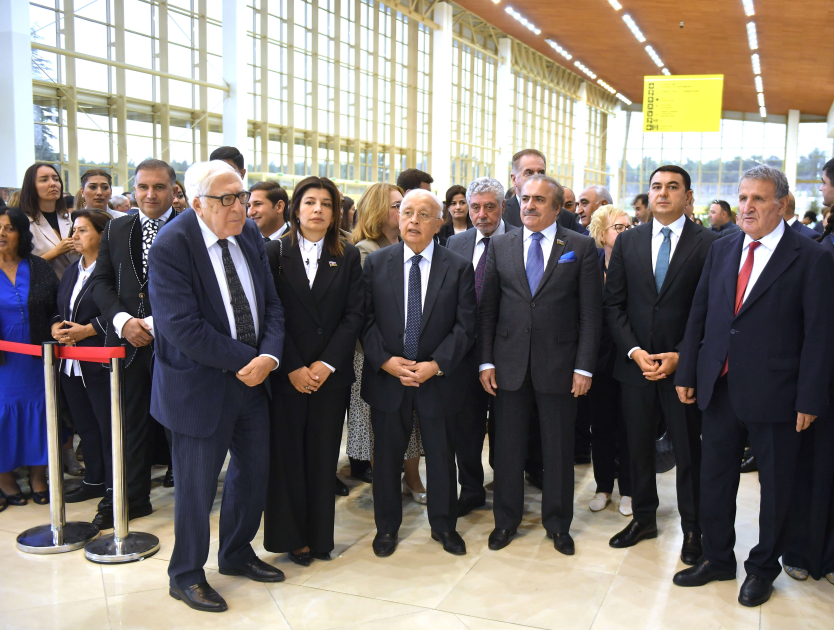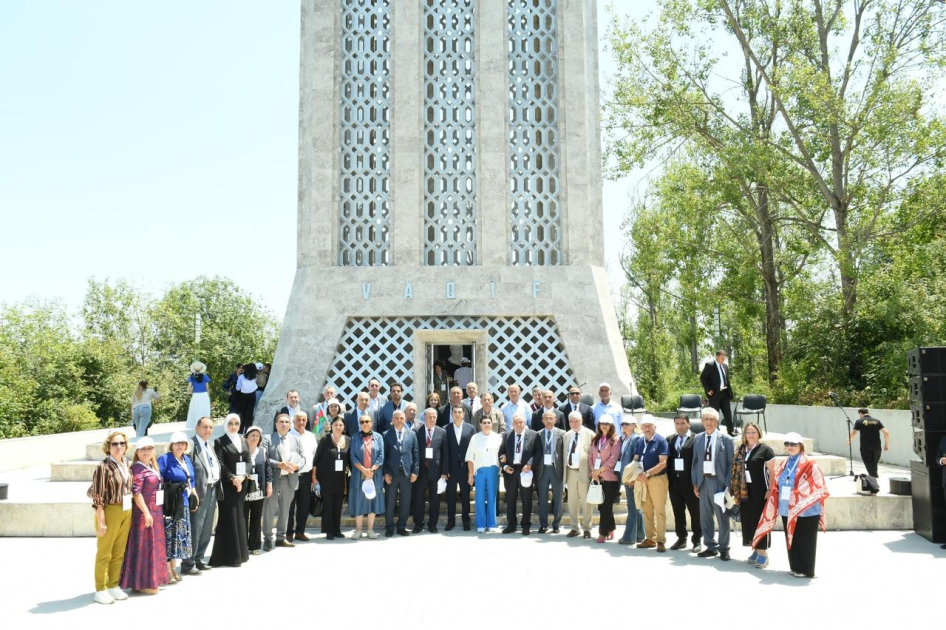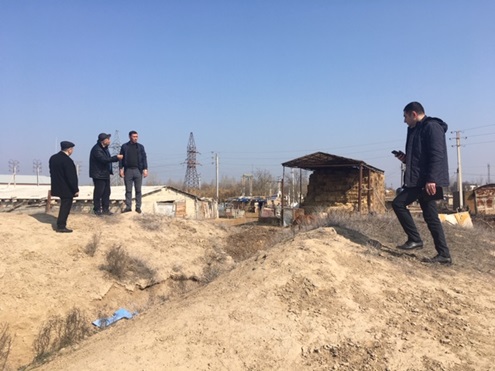- A-
- A
- A+
New mounds of the Bronze-Early Iron Age were discovered in Yardimli region
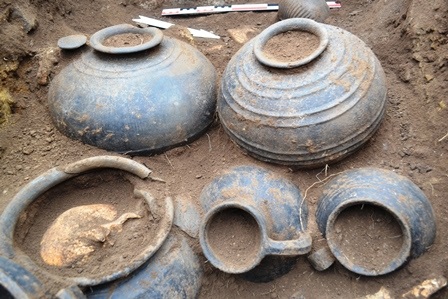
The Yardimli archaeological expedition led by Anar Aghalarzade, a leading scientist of the Institute of Archeology and Ethnography of ANAS, PhD in History, has carried out archeological excavations at the monuments of the Bronze-Early Iron Age.
The excavation continued in the mounds of pastures in the Kurakchi, Alar and Arvana villages of Yardimli district. During the archaeological excavations in Komani pastures near the Kurekchi village, tombs of the first Bronze Age were discovered. An archaeological excavation in one of the Komani burial mounds revealed a human skeleton and a tool used in silk art. In addition, the excavation of four barrows was completed in previous years.
During archeological excavations in the Sarybulag pasture near Alar village of the region, samples of material culture dating from the last Bronze-Early Iron Age were obtained. It turned out that the Sarybulag monuments are mostly empty memorial tombs, belonging to the type of skeletons.
A rich burial habit was found in the burial chamber during excavation at a place called Garyatan in the village of Arvana. So, in the tomb chamber of a 5m-diameter chameleon-shaped mural, human skeletons, pottery vessels, bronze weapons and decorations were found. According to the form and comparative analysis of material culture samples, the mutual effects of archaeological cultures of both Khojaly-Gadabay and Talysh-Mugan have been revealed.
Also, during the expedition, new mounds and stone necropolis were discovered in the villages of Karavuldash, Oku, Ostayir, Perimbel and Honuba.
In the future, systematic archeological studies in the southeastern part of Azerbaijan will clarify the problem of the high-mountainous and foothill areas of the territory being assimilated by ancient societies, as well as the processes of the formation of primary-class societies.
©All rights are reserved. Citing to www.science.gov.az is necessary upon using news.
Similar News
Links
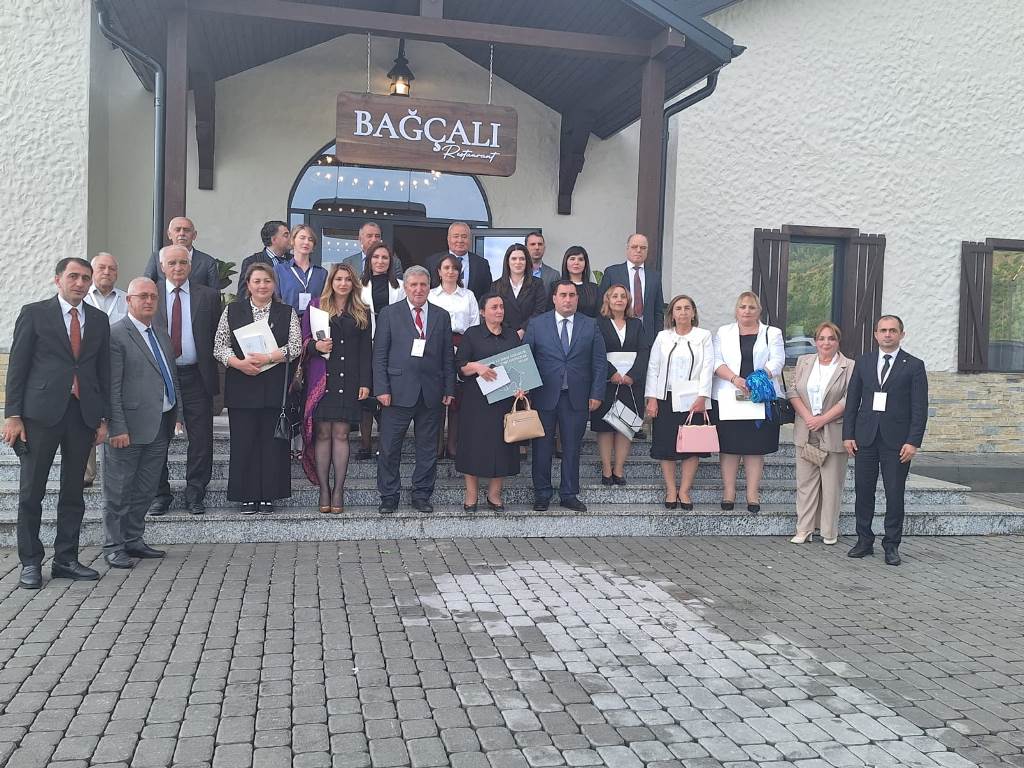

 Elm TV
Elm TV
 Photo
Photo
 Video
Video
